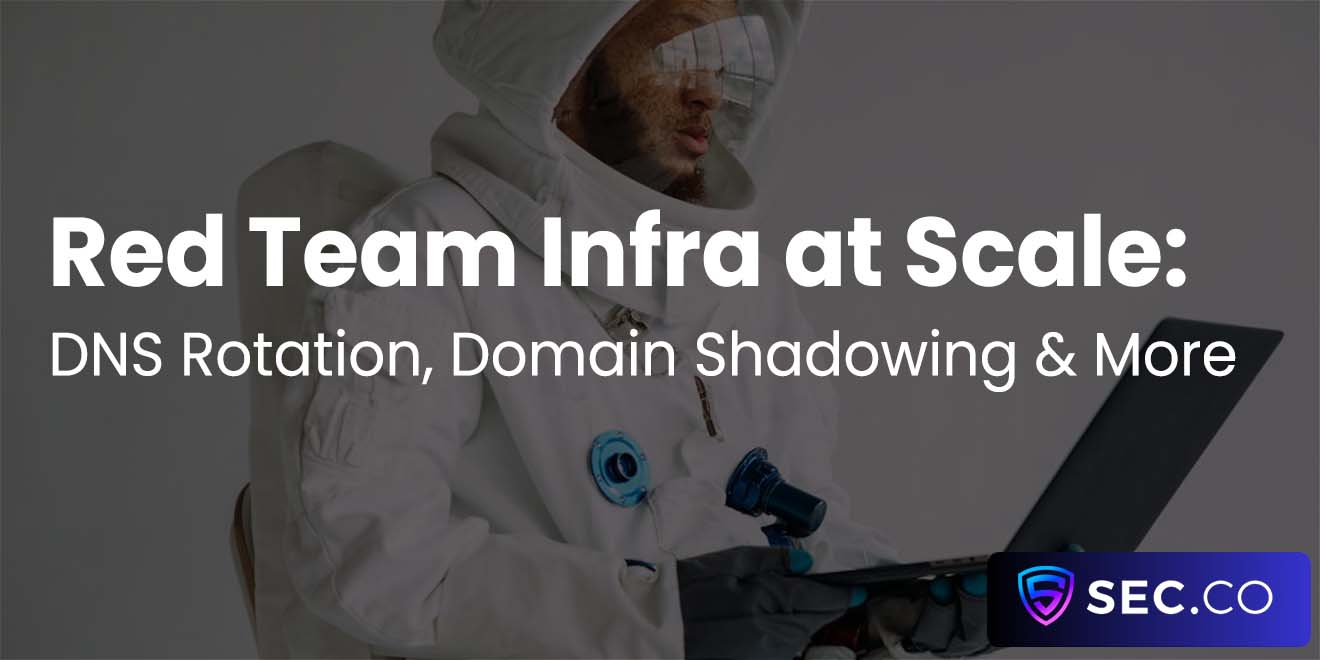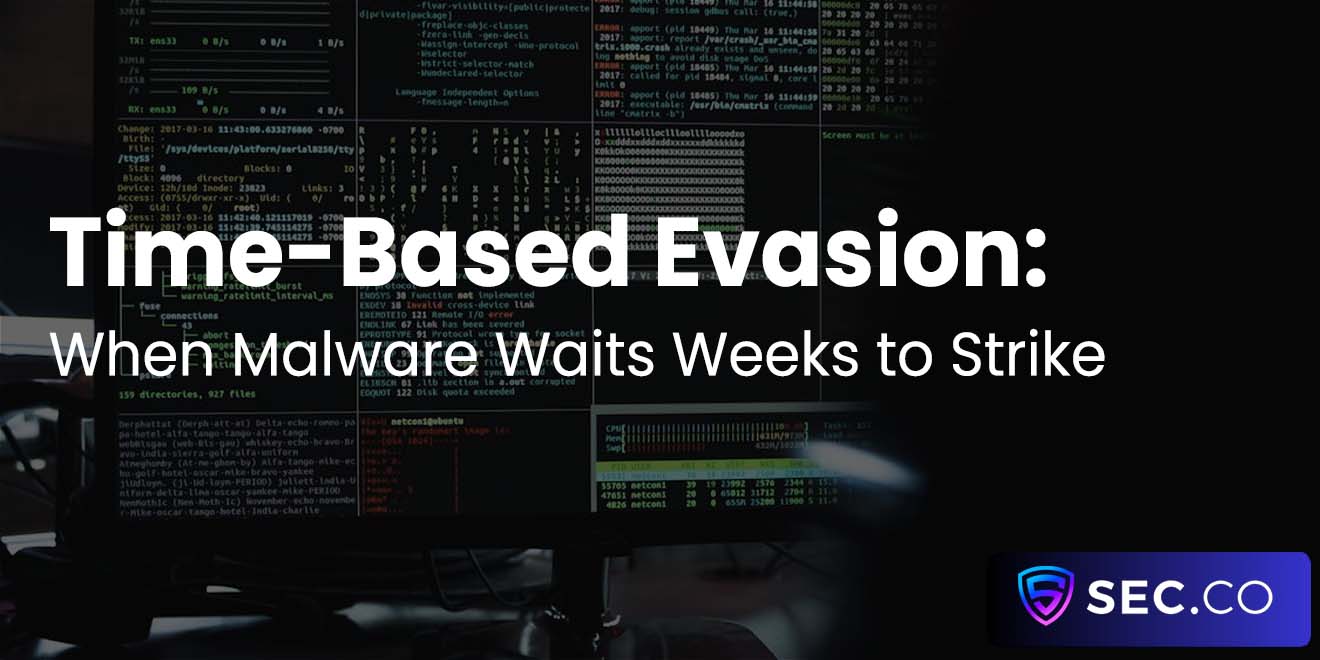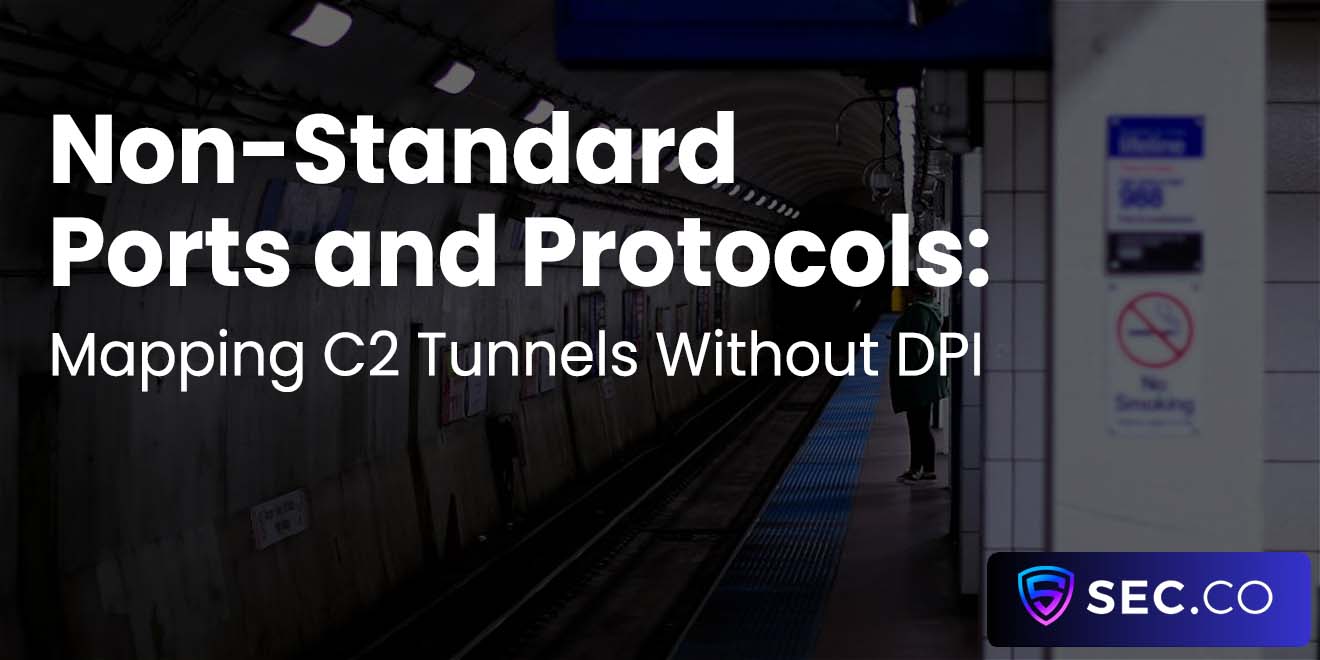DLP for Code Repositories: Git, IP Leakage, and Secrets Management
On most engineering teams, Git has become the beating heart of daily development. Commits tell the story of how a product evolves, and pull requests capture every bright idea and hard-won bug fix. Yet the very convenience that makes Git indispensable also makes it risky. A single misplaced API key or an innocently copied line of proprietary code can leak intellectual property to the entire internet in seconds.
For organisations serious about Cybersecurity, treating source code as sensitive data and applying Data Loss Prevention (DLP) principles to repositories is no longer optional—it is table stakes.
The New Perimeter: Source Code as Corporate Crown Jewels
A decade ago, the defensive perimeter centred on email, file servers, and the firewall. Today, a company’s competitive edge often lives in its repositories: patented algorithms, proprietary models, cloud infrastructure scripts, even the roadmap embedded in feature branches. Because Git is designed for friction-free sharing, the repository itself becomes a high-value attack surface. Attackers know that a single stolen repo may reveal:
Design documents and architectural diagrams embedded in markdown files
Credentials hard-coded for convenience during a late-night crunch
Configuration files that map out the entire production environment
Protecting code therefore means applying the same rigour you would assign to customer records or financial data—only faster, because developers push dozens of changes every hour.
Common Leakage Paths in Git Workflows
Even diligent teams make mistakes that create openings for leakage:
“Quick and dirty” debug commits that contain secrets, later squashed but not truly deleted from history
Personal forks pushed to public GitHub so an engineer can test a CI pipeline from home
Pull-request screenshots or paste-bins shared in chat, exposing internal URLs or proprietary logic
Third-party contractors granted access to specific modules but cloning the entire repository by default
None of these scenarios is malicious, yet each can punch a hole in your intellectual-property shield.
DLP Strategies Tailored for Git
Pre-Commit and Pre-Receive Hooks
Traditional DLP appliances sit at the email gateway or proxy; they rarely understand the tree objects, blobs, and deltas that make up a Git push. The Git ecosystem itself, however, offers dependable choke points. Pre-commit hooks on the developer workstation scan staged changes for keywords (“AWS_SECRET_ACCESS_KEY”) or patterns (private keys, JWTs). If the hook trips, the commit is blocked with guidance on how to remediate.
On the server side, pre-receive hooks act as a last gatekeeper. They run in a controlled environment, free from the “it works on my laptop” problem, and can be integrated with enterprise policy engines. Blocking a push five seconds before code lands in main is infinitely cheaper than revoking an exposed certificate after attackers have copied it.
Automated Secrets Scanning and Revocation
Human review will always miss something, so automated scanners need to patrol both live branches and historical commits. Mature platforms fingerprint thousands of secret formats—everything from Slack tokens to database connection strings—and flag suspicious strings even if they appear once in a buried commit from 2017.
The scanner itself is only half the story. When a secret leaks, speed matters:
Rotate or revoke the credential automatically through your cloud provider or secrets vault.
Invalidate any sessions established with the compromised key.
Create an immutable audit log so incident responders can verify containment.
Developer Education and Culture
No hook or scanner beats a developer who simply never commits the secret in the first place. Short, focused training sessions—five minutes during sprint kickoff—often yield better results than a dense annual seminar. Consider:
Live demos showing how a leaked private key can be exploited within minutes
Coding standards that require environment variables or vault references, never literals
A “break-glass” channel where engineers can ask for emergency key rotation without blame
A culture that treats security as an enabler, not a punishment, lowers resistance and boosts compliance.
Building an End-to-End Secrets Management Program
Centralized Vaults and Dynamic Credentials
Storing secrets safely starts with not storing them at all—or at least not storing static copies in source control. A dedicated secrets-management platform issues short-lived, scoped credentials on demand. Developers reference a logical name; the application fetches the real secret at runtime via a secure sidecar or SDK. Because credentials expire quickly, a leaked token has a limited blast radius.
Modern vaults integrate with Git hooks and CI pipelines, injecting the necessary environment variables only during the build or deploy phase. That separation keeps repositories clean and auditors happy.
Incident Response When Secrets Slip
Even the best programs experience slip-ups. Your runbook should cover:
Immediate credential revocation and redeployment of any affected services
Repository rewriting (e.g.,
git filter-repo) to purge the secret, followed by force-push protection to block resurrection of the bad commitCommunication templates for informing customers or partners if their data might be at risk
Post-mortem analysis focusing on systemic fixes, not individual blame
Practising the playbook quarterly ensures muscle memory when the real thing happens.
Measuring Success and Keeping Up With Change
Metrics That Matter
Security leaders need clarity on whether the program is working. Useful indicators include:
Mean time to detect (MTTD) and mean time to remediate (MTTR) for leaked secrets
Percentage of repositories covered by automated scanning and hook enforcement
Frequency of static secrets in code versus dynamic vault references in vulnerability management
Developer sentiment scores from periodic pulse surveys (security shouldn’t feel like a tax)
Tracking these metrics over time highlights bottlenecks and justifies further investment.
Continuous Improvement Loop
Git workflows evolve—mono repos migrate to micro-repos, self-hosted runners shift to managed SaaS, and new package ecosystems appear overnight. A quarterly review cycle helps you adjust DLP policies to keep pace. Solicit feedback from engineering, update your scanning signatures, and refresh training with real examples harvested from your own commit logs (anonymized, of course).
The goal is an adaptive program that grows in step with the organization, not a rigid checklist that ages out of relevance.
Conclusion
Data Loss Prevention for Git repositories is part technical safeguard, part cultural movement. Implementing hooks, scanners, and vaults addresses the mechanical side, while steady education and rapid incident response close the human loop. When executed together, these practices transform source code from an unwitting liability into a well-protected asset, fully aligned with broader Cybersecurity & Cyberdefense objectives.
In short, guard your commits today, and your intellectual property will still be yours tomorrow.
Trusted by the Web Community
See what we written lately
Request an invite
Get a front row seat to the newest in identity and access.
















